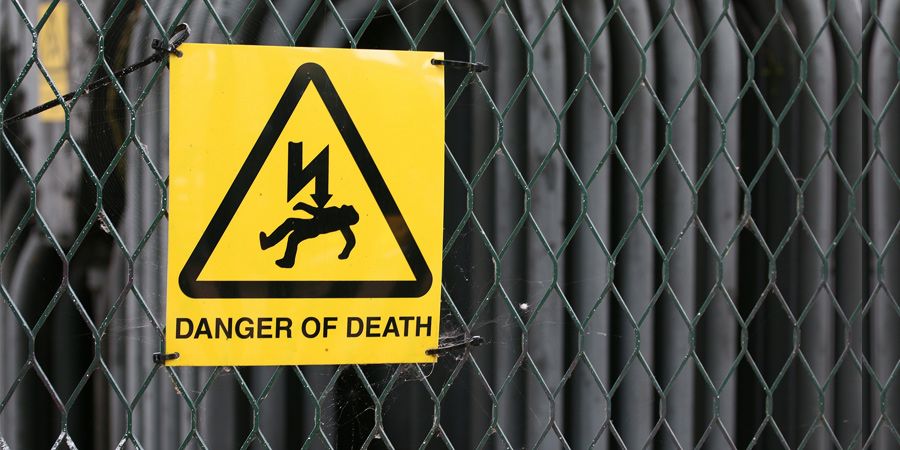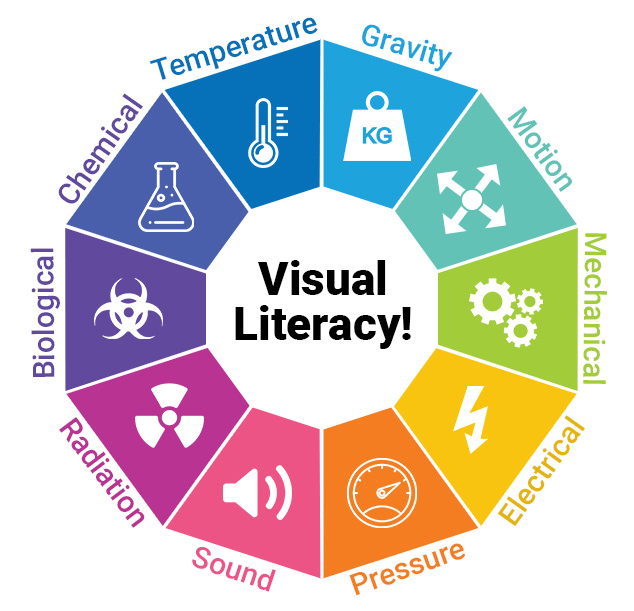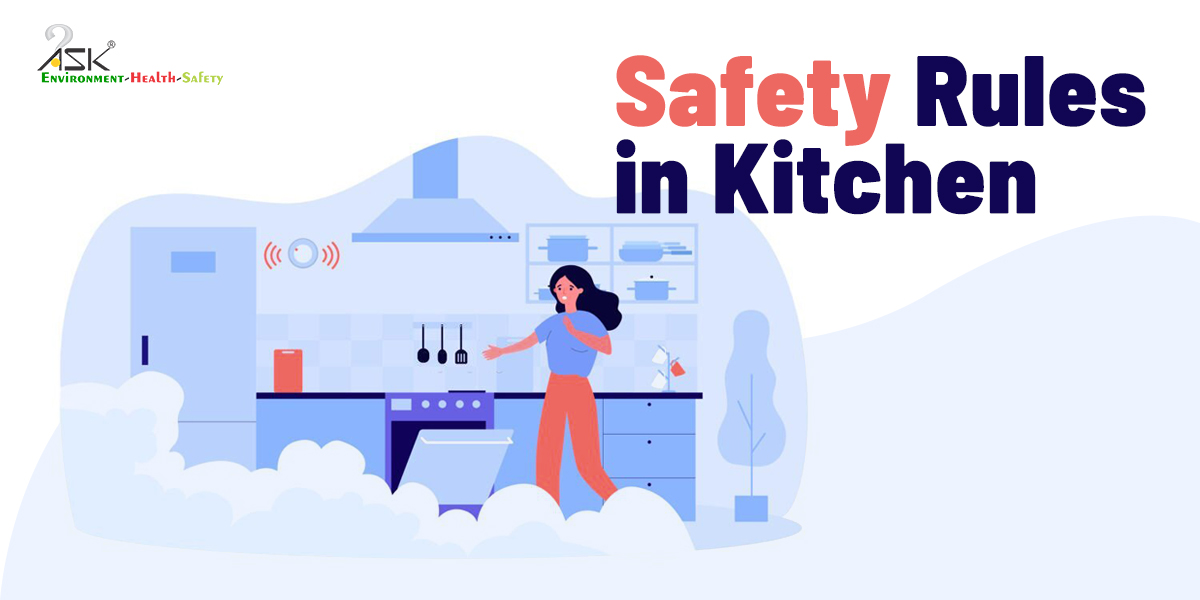What is visual literacy for EHS

In industry, if we consider a manufacturing area, a busy manufacturing floor consists of thousands of items within our field of vision. These items, or rather information, is not actively processed as a whole, only 10 to 20% is consumed, as experts’ studies suggest. This is not good news for safety, as safety deals with perceiving and understanding work environment, enabling the individuals to see hazards and imagine the potential consequences of those hazards.
Even in the routine tasks, it is difficult to ‘see’ safety because it is considered as a status quo. If a company has a record of lowest number of incidents, it doesn’t mean that it will cause no harm to an individual who is careless while performing a task. Our brain fills in the blanks by using our prior experiences, assumptions and biases.
Visual literacy is the ability to ‘see past’ the safe conditions and pinpoint the hazards.
Every day, a worker’s action (performance in a task) involves complex interactions with perceived danger, potential rewards and propensity to take a risk. One can have a greater sense of subjectivity while assessing work conditions if one develops the ability to anticipate risks at each step of the way.

One new approach that can be used to ‘visually’ educate the employees in interactive sessions is cognitive retrieval mnemonics (Campbell institute). The diagram above suggests the individuals to look for hazards based on specific energy sources and see an environment in its ‘totality’. A workplace or any incident can be assessed at a primary level, even before the arrival of safety experts, if employees are aware of the steps to be undertaken.
Individuals can decrease or eliminate the job hazards if they are careful in self-monitoring their own tasks. They can ‘train’ their minds to better observe their situations and overcome visual biases. Visual literacy enables proactively identifying the latent hazards in our environment, interpreting the associated risks, and controlling them. With this amount of involvement of individuals in safety, they can help the safety professionals in steps in the occurrence of an incident.
The methods to evaluate can be quantitative and qualitative. Quantitative metrics are the number of proactive hazards recognized and near misses reported. These also include how frequently the JSAs are filled and the number of JSAs completed by the work crew. Qualitative metrics consider the quality of the JSA or JHA reports- How thorough they are? Is the team included while making the report? Is the consistency and comprehensibility of the reports maintained?
Elements of visual literacy also include animation videos as they are unparalleled in their ability to deliver a great deal of information to broad audiences. Safety animation videos can objectively describe the contextual information and helps in their interpretation. People who look, observe and see can then slowly transition to interpret, analyze and describe the environment they stay and work within.
These approaches can build a lasting connection and is one with important implications for workplace health and safety outcomes. Integrating the principles of visual literacy can lead to improvements and fixes in the work premises.


